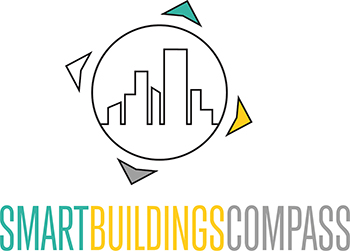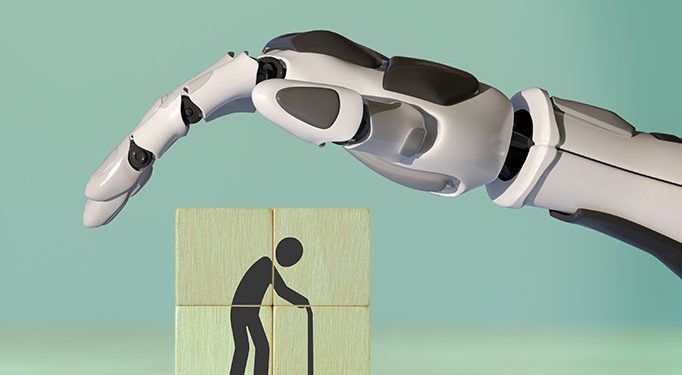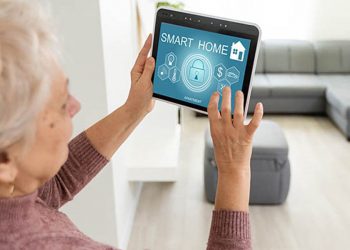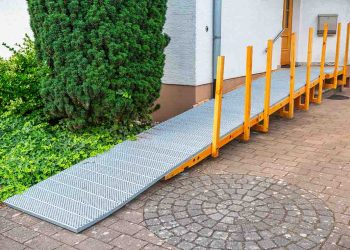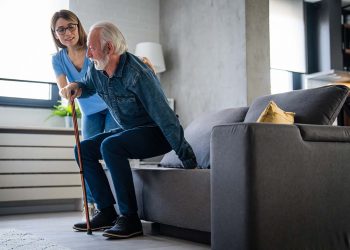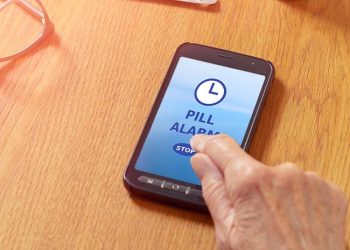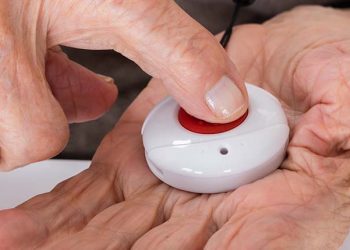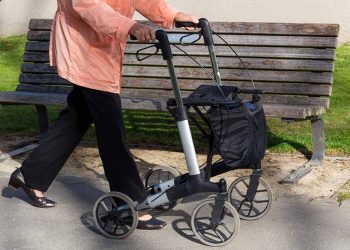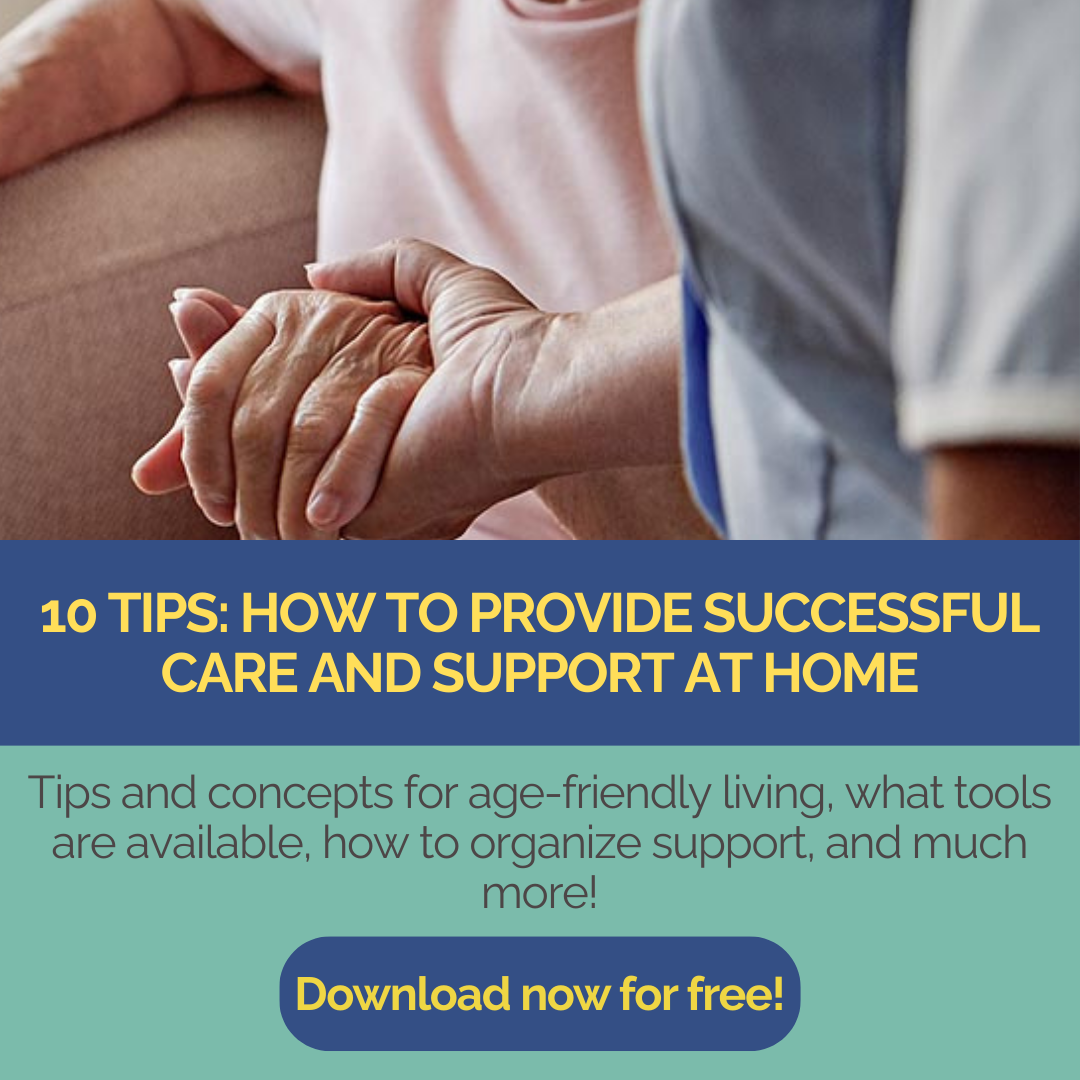Ambient Assisted Living refers to living concepts that enable older or disabled people to live independently and safely. In addition to barrier-free concepts, this also includes the use of networking household appliances, intelligent sensors and emergency call systems to make everyday challenges easier.
These include automatic fall sensors, voice-controlled lighting and smart home applications that increase well-being and safety. The aim of those assistants is to improve quality of life while maintaining independence for as long as possible.
The aim is to design the living space in such a way that people with special needs and impairments can manage their everyday lives without outside help as far as possible. The aim is to enable them to live as independently as possible in their own homes for as long as possible – a very understandable wish for many people.

We believe that technological support in everyday life will play an important role in the future: The proportion of seniors in the population is growing, and by 2034 the baby boomer generation with the highest birth rates will be retiring. Due to medical advances, life expectancy is increasing and with it the number of people who need support in old age. At the same time, we are facing an intense shortage of skilled nursing staff.
Furthermore, the solutions have evolved through technological development and have become cheaper and less complex to implement, for example, through the connection with radio technology.
Author: Anja Herberth
Chefredakteurin
